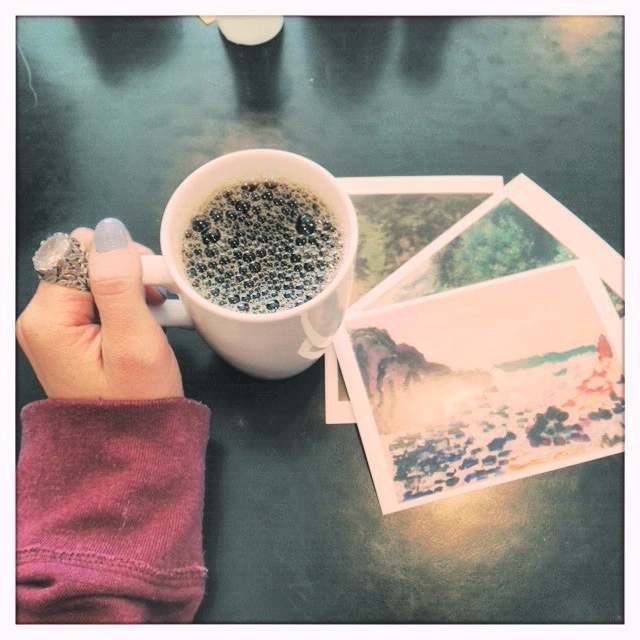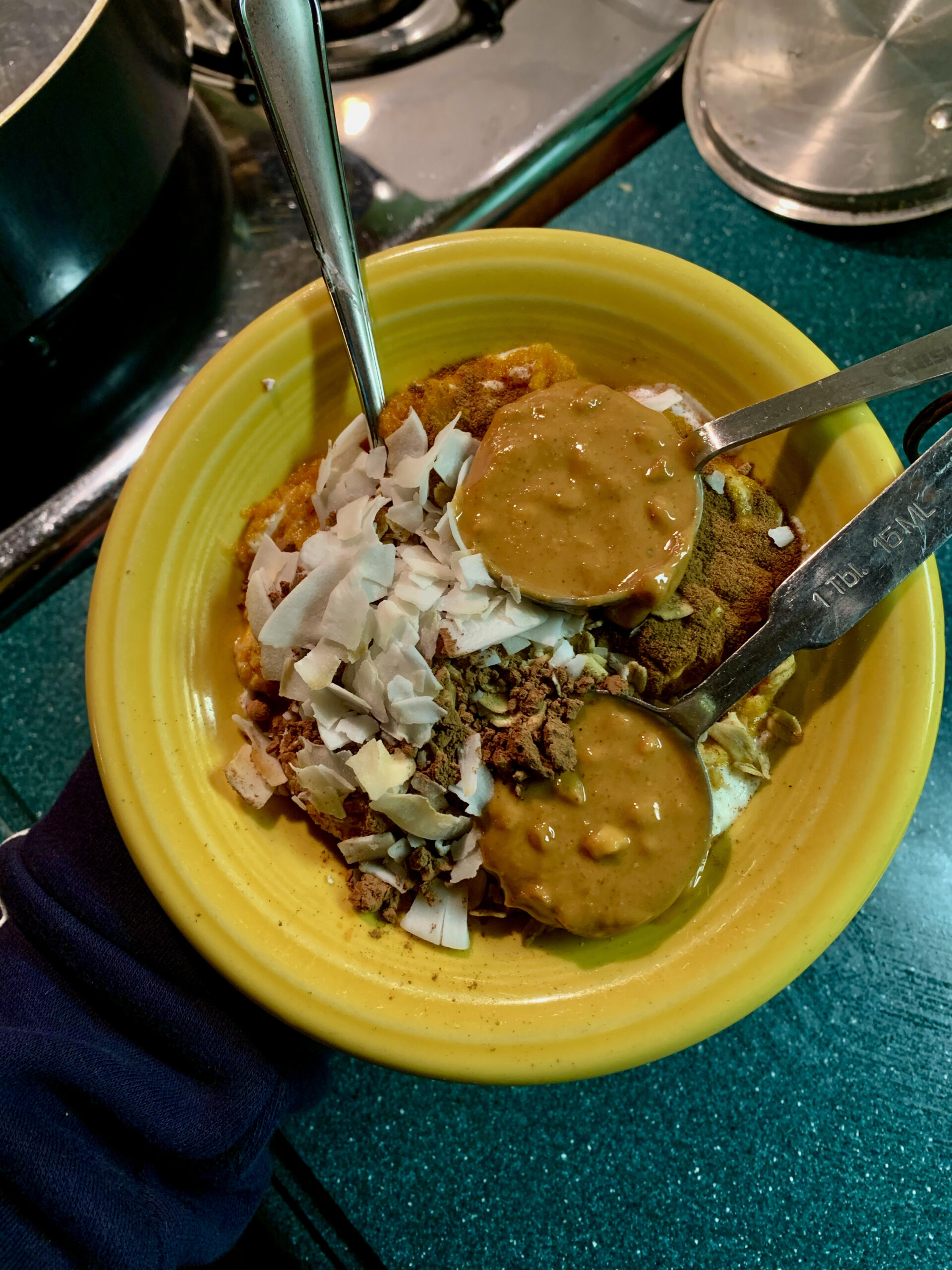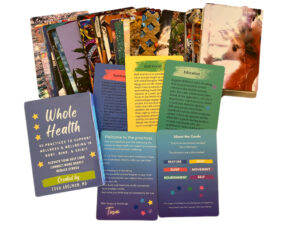
Many people soothe and comfort themselves with food. If you regularly find yourself turning to food to cope with your emotional life, I encourage you to instead create rituals of care for yourself. Live your life on a foundation of extraordinary self care.
Here are some ideas to get you started:
- Eat a healthy diet. You know the drill. Get rid of junk food, added sugar, and refined carbs. Supplement wisely.
- Take at least 15-30 minutes daily to engage in quiet time. Set this as time for when you are uninterrupted. You can engage in gentle stretching or other soothing activity; journal; listen to music; or simply be.
- Be active each day for at least 20 minutes. Walk, do yoga, dance, hike, go to the gym…just be active to your ability level.
- Laugh. Allow yourself to feel exquisite joy, and to express it with a laugh.
- Surround yourself with compassionate and caring people. These can be friends, colleagues, and family. Cultivate connections that build you up.
- Be in nature. Notice the sky. Listen to sounds of life bubbling around you. Feel the breeze. Observe trees in detail. Watch the wonders of this world flow all around you.
- Express gratitude. There is so much to be grateful for. To be able to experience the spectrum of emotions, to engage in the processes of living, to simply feel the sun and the rain on your skin.
- Be compassionate towards and kind to others. Do things to help people. Ask someone in your home if you can help with a chore. Volunteer. Actively show kindness. Listen to someone else fully.
- Spend time with animals. Play with your pet.
- Express yourself creatively. Drawing, painting, dancing, sculpture, music, drama, writing, improv…transform your pain into something creative and artistically expressive.
- Let yourself cry.
- Drink water and stay hydrated.
- Allow your emotions to come and go without clinging to them. Do not force uncomfortable emotions away; don’t reject them. And, don’t try to hold on to what feels good.
- Get good sleep.
- Remember those whom you’ve lost.
- Try a new class or activity.
- Cultivate a simple scared ritual that honors something or someone in your life. It can be a simple as lighting a candle, writing in a journal, donating, starting a new hobby, or reflecting on the depths of a tarot/oracle card.











